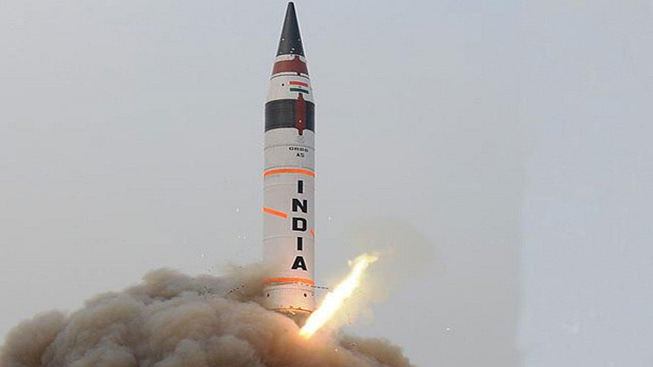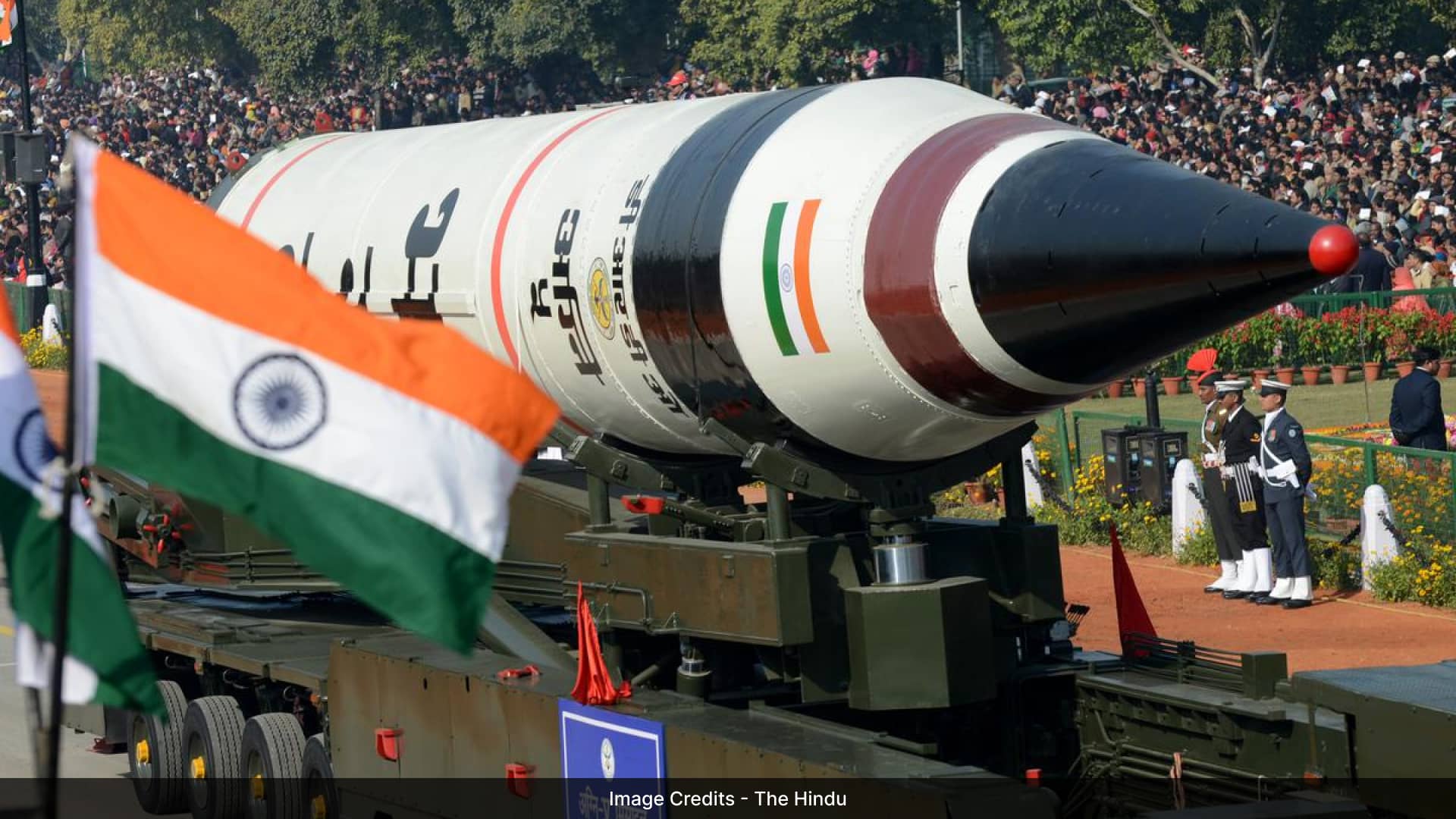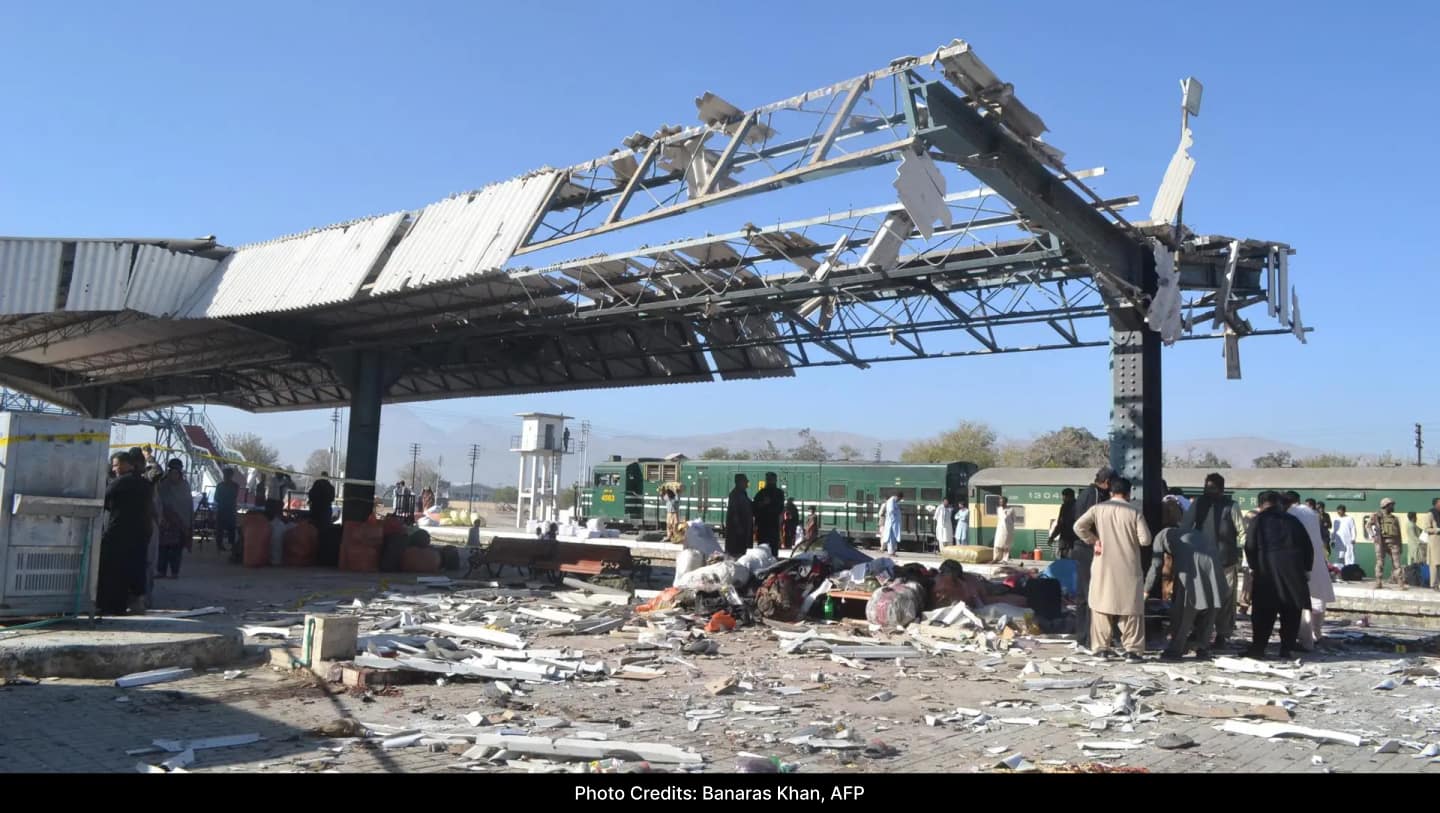In a major technological leap for India’s nuclear deterrent, the Defense Research and Development Organization (DRDO) conducted the first successful flight test of the India-developed Agni-V missile in India. The test involved a missile carrying four to six dummy warheads.
The flight test named Mission Divyastra was conducted from the island of Dr. APJ Abdul Kalam off the Odisha coast.
Ever since the Agni-V Intermediate-Range Ballistic Missile (IRBM) was first test-fired on April 19, 2012 at its full range of 5,000 kilometers, analysts around the world have been speculating about when India will test-fire its successor – possibly India’s first ICBM ( ICBM). and whether it would be topped with multiple heads.

The Agni series missile, which was successfully test-fired on Monday, may not have been fired to its maximum range of 5,000 km. Instead, the emphasis was on firing multiple warheads to hit widely separated targets.
MIRV technology
The technology, which consists of placing multiple warheads on a single missile or missile, is known as “multiple independently targetable re-entry vehicle” (MIRV) technology. As its name suggests, it involves launching a single missile carrying 4-6 warheads, each of which can be programmed to hit a separate target several hundred kilometers away.
The MIRV technology was refined and tested on Indian Space Research Organization (Isro) rockets for their commercial launches, which were aimed at launching a single rocket that placed multiple satellites into orbit.
Launching a MIRV-tipped missile—say, an Agni-IV or Agni-V—offers several tactical and strategic advantages. It gives the attacker more targeting options. Meanwhile, the defender is forced to defend them all at the same time, while his missile defenses may be overwhelmed.
Chinese officials have always considered the Agni-V to be an ICBM, with some even stating that it is capable of hitting targets 8,000 km away.
Currently, the Agni-V has a metallic first stage made of “maraging steel”, while the second and third stages are made entirely of lightweight composites, which were first tested in the Agni-IV on 15 November 2011. Stage 1 components high-temperature rocket motor nozzles are already made of composites. Gradually, the Agni-V could become an all-composite missile, which is significantly lighter than at present.





